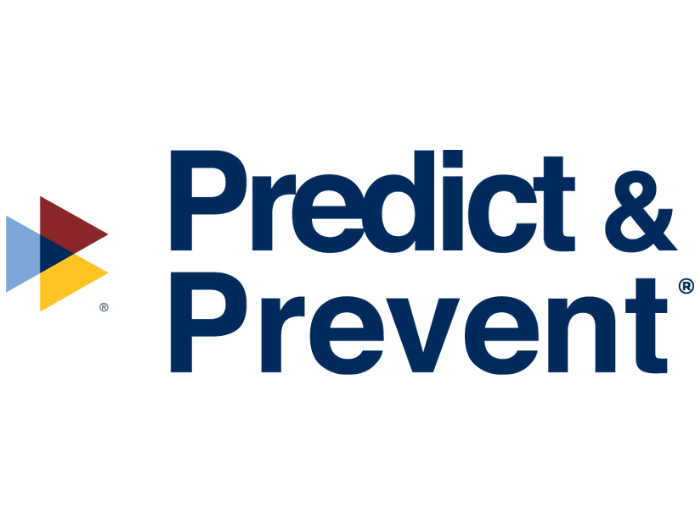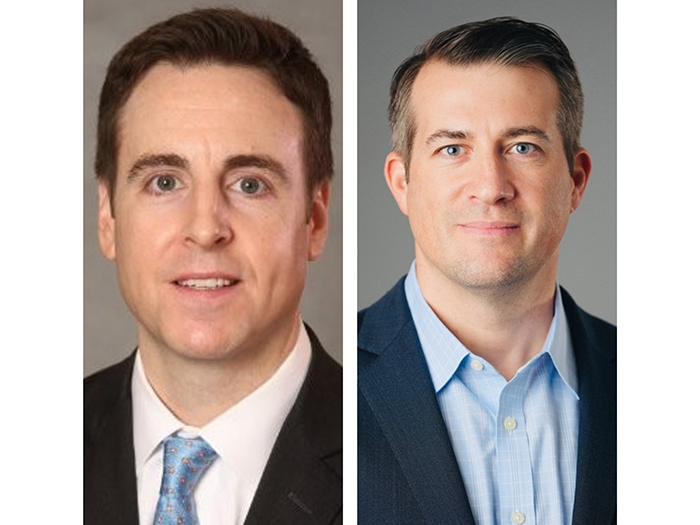Dave Provost and Sandy Bigglestone Share the Future of Vermont Captives as One Retires and the Other Steps into the Role of Deputy Commissioner

After serving for 14 years as Deputy Commissioner of Vermont’s Captive Insurance Division, during which time the division has grown from strength to strength, Dave Provost is handing the baton to longstanding colleague Sandy Bigglestone.
Risk & Insurance spoke with them to reflect on Provost’s time in office and what Bigglestone plans for the future of Vermont as a captive domicile.
Risk & Insurance: Fourteen years is a long time to be in any role these days. Dave, what do you consider to have been your greatest achievements and successes during your time as deputy commissioner?
Dave Provost: Our biggest achievement has simply been sticking to our high standards. We license captives for risk management and risk financing purposes. If that’s not the focus of the captive, then Vermont isn’t going to be the best fit for the company.
So, the success lies in keeping up our reputation as the gold standard. We’ve stayed focused on that and true to our purpose, always regulating companies with that in mind at all times.
R&I: Much has changed, not only in the world but also in captive insurance, since you took on the role in 2008. What have been the most fundamental changes you have seen in this period?

Dave Provost, former Deputy Commissioner, Vermont Captive Insurance Division
DP: There have been many, some of which were gradual. One of the biggest was the switch to electronic exams, and the risk-focused exam and surveillance approach. That’s something that the NAIC requires us to do for risk retention groups and we’ve taken the best of what the NAIC does and used that for the rest of our exam and surveillance processes.
The holding company requirements were new as well. We have always looked at captives holistically, meaning we see the captive as part of the larger parent system, which is essentially what the holding company program does. Holding company filings provide a structured view of the captive and related companies.
If you don’t look beyond the captive to see what else is around it in terms of parents, affiliates and members, then you’re not going to get the full picture.
The other significant change was home-based work. We were already home-based before COVID. Former Vermont Governor Peter Shumlin appointed a new commissioner at DFR whose task was to get Vermont onto a single payer healthcare system. He needed space for more people, saw that the captive division staff was classified as home-based and sent us home!
The benefit was that we were already ready when COVID happened. We had full access to all our systems. Nobody had to come into the office for anything, other than the occasional update or hardware replacement.
Otherwise, most changes for us have been natural progressions to improved processes and laws.
R&I: Along with the successes, you must also have faced your share of challenges. What are the biggest ones you have faced during your time in office?
DP: 2008 was a big one. I was thrown right in at the deep end. As soon as I came in we had a conviction of a captive manager and the economic crash. That was tough.
Many investment portfolios took a nosedive, but the underlying quality of the investments were still sound, so we just said let’s hold on and see what happens. We allowed some companies to make some changes to how they valued portfolios, such as reporting as amortized cost, until everything got back to normal.
Shortly after that, the NAIC’s new Triple-X rules came in that governed life insurance securitizations that our captives worked on. It was a real eye-opener. I had never been to an NAIC meeting and all of a sudden there I was, testifying in front of very public, very controversial committees.
R&I: The mark of a good leader is the legacy they leave. What do you hope yours is?
DP: My hope is that Vermont continues to thrive as a jurisdiction, and it continues to create jobs for Vermonters. I know that we’re going to keep on doing the right thing, because Sandy, Christine and Dan, and the rest of the crew aren’t going to suddenly turn around overnight and change the Vermont way of doing business. Whatever changes are coming are going to be gradual, sensible and smart.
I hope that we keep up our gold standard, resulting in a long-term and viable industry in Vermont that continues to add taxes to our coffers and employ folks.
R&I: Looking forward, what can Vermont improve on as a jurisdiction?
DP: We need to stay open to new ideas. For example, when Sandy and I now talk with companies that want to domicile their captive in Vermont, we want to find out about their programs, how they work and what they’re trying to achieve. Then we can figure out whether it’s a yes or no, or if they (or we) need to make changes.
By doing that, we can get to core of why they are forming a captive or changing their plan. If they’re doing it for all the right reasons, they’ve got a good chance of succeeding with their captive in Vermont. So we try to keep an open mind and hear from the companies first and this is something we can keep doing into the future with intention.
R&I: What plans do you have for your retirement?
DP: There’s no life beyond Vermont — I’ll be staying here. I plan to have a lot of fun. I’ve got hikes and other trips planned, plenty of hobbies and other interests, and a stack of unread books. I’ll disappear for a little while, but I hope to stay involved in the industry.
Maybe I’ll work on some boards, do some nonprofit work or get involved with the VCIA. If the department is too busy, I’ll be happy to go and talk about captives anywhere in the country and continue to represent Vermont. So a little bit of work, but a lot of play.
R&I: Sandy, you must be excited about taking on the deputy commissioner job. What do you feel you will bring to the role?
Sandy Bigglestone: In a word: consistency. It’s really important to have consistency in this role. I believe that I have the institutional and legacy knowledge to maintain that consistency.
Much of the work that I’ve participated in over the last 25 years in all aspects of captive regulation has prepared me well for the role.
Also, I’ll bring quality leadership. Vermont is top of the list for many companies when forming a captive. We are often asked for advice from service providers and even for answers to questions from our fellow regulators in other domiciles.
So modeling good leadership in that regulatory space and being a good leader for the people here at the division will be very important to me.
I have a drive for success. I’ve helped with new ideas and, while not every single one has been implemented, my input has helped to build on the success that we’ve had to date as a jurisdiction.
I intend to bring a fair amount of collaboration to the role, because it takes more than just one person to come up with an idea and then implement it.
R&I: Everyone will be eager to hear what your plans are. Tell us about them.
SB: I plan to leverage what has already been established here in Vermont and what’s working well. I want to model good captive regulation.

Sandy Bigglestone, newly appointed Deputy Commissioner, Vermont Captive Insurance Division
I’ll also be looking to capitalize on relevant opportunities that present themselves. Industry should know we’re always open to discussion and innovation. I plan to focus on modernizing some of our regulatory processes and tools.
I want to make sure our staff knows they’re valued for the work they do. I want to bring in new talent and provide others with opportunities. I plan to encourage staff to participate in other important work, especially if they’re interested in doing so, because it’s great way to develop professionally.
I plan to not only recognize the people who work in the department, and in addition, people in other areas within the industry; the service providers, law firms, investment managers, actuaries and accountants for example. They are the foundation of our success.
R&I: Moving forward, what do you think will be the biggest challenges you’ll face?
SB: We don’t often have the benefit of seeing challenges coming before they hit, but we’re great at working together and figuring out how we’re going to approach challenges.
One challenge we will face is talent acquisition: Attracting, finding, nurturing, and hiring the right people to keep pace with the growth in the industry.
There are many great next gen initiatives already in existence. We just need to ensure we’re bringing in that talent to make the industry more sustainable. Knowing that we are able to bring more people into the captive space feels vital to me.
Growth within company programs and startup companies can present certain operational and financial challenges, therefore it will be important to make sure the regulatory standard is reasonable and appropriate. &










